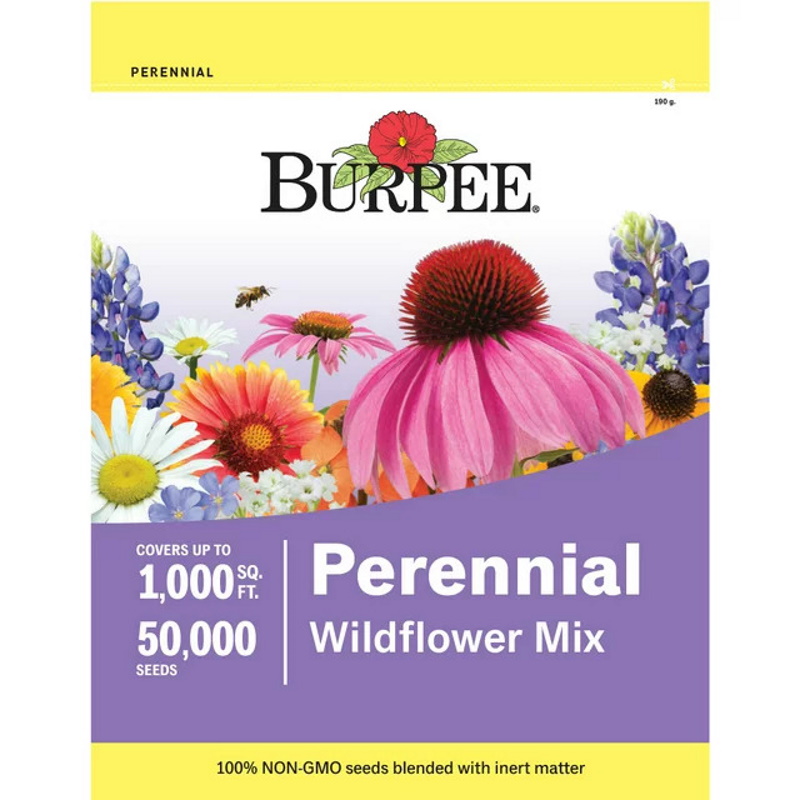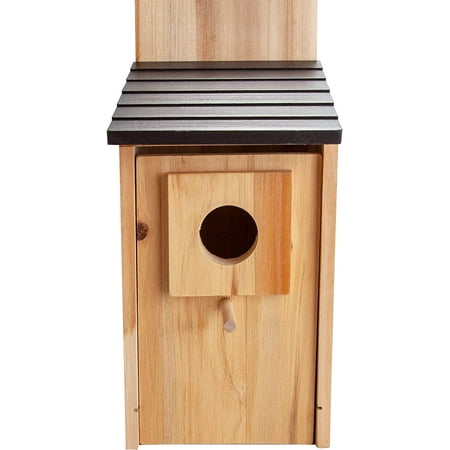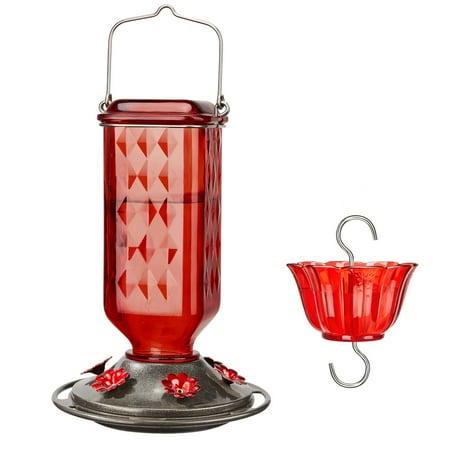Gardeners with Japanese maples urged to use this simple 2-ingredient solution that will stop pests fast if you act now
How to quickly clear honeydew and aphids from your Japanese maples

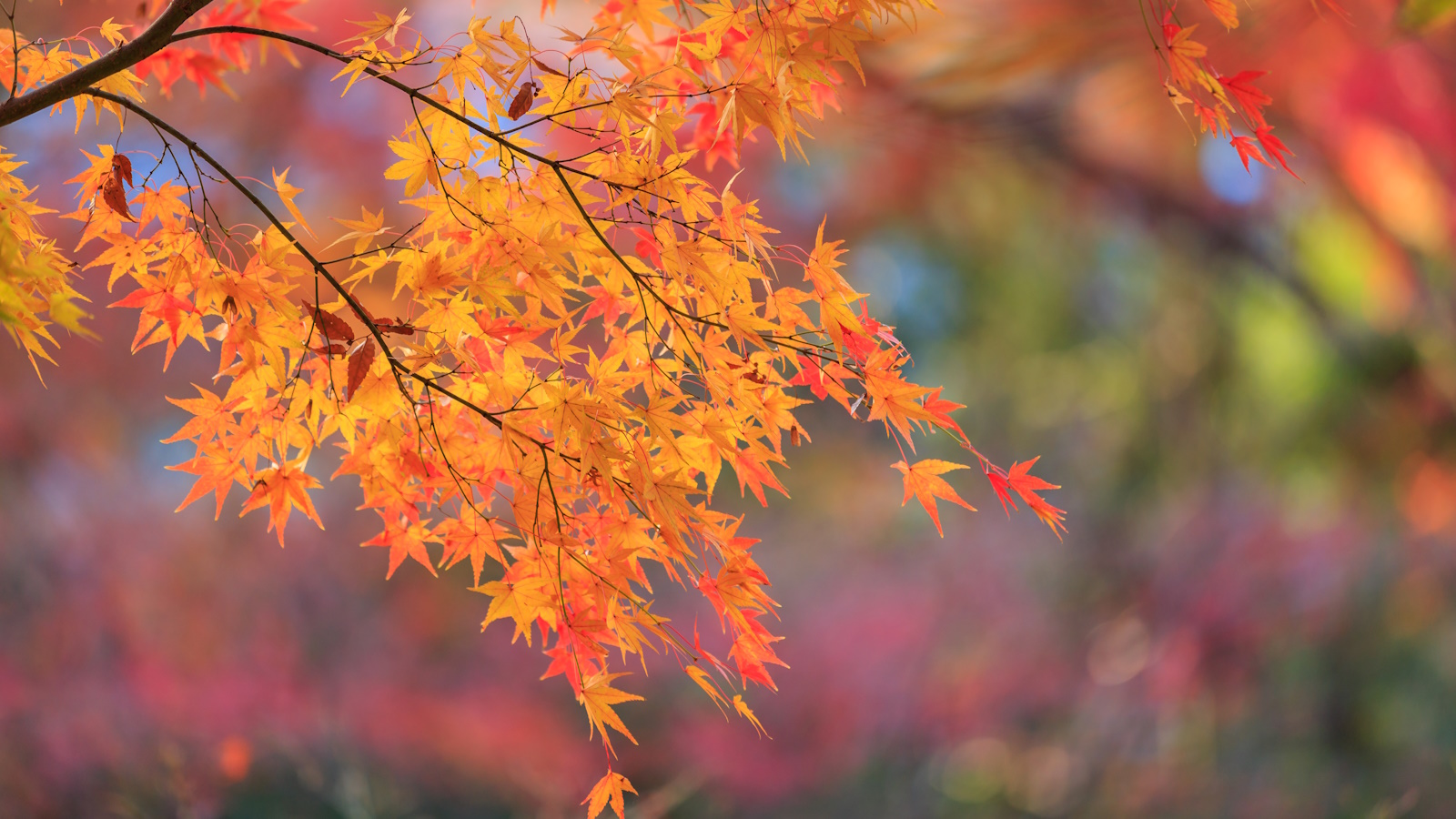
While surprisingly low-maintenance, if you have ever grown Japanese maples before, you might have found that in spring, as the new leaves unfurl, they can quickly appear glossy or sticky.
This is usually honeydew, the sugary substance left behind by aphids or scale insects, and the good news is that most mature trees can handle a small infestation without much trouble. However, if you have a younger specimen or potted Japanese maples with sticky leaves, it can be a good idea to resolve the problem before it gets out of hand.
So, if you already know how to grow Japanese maple trees but want a little pest control advice, you have come to the right place. The following two-ingredient hack to clear this sticky substance will help.
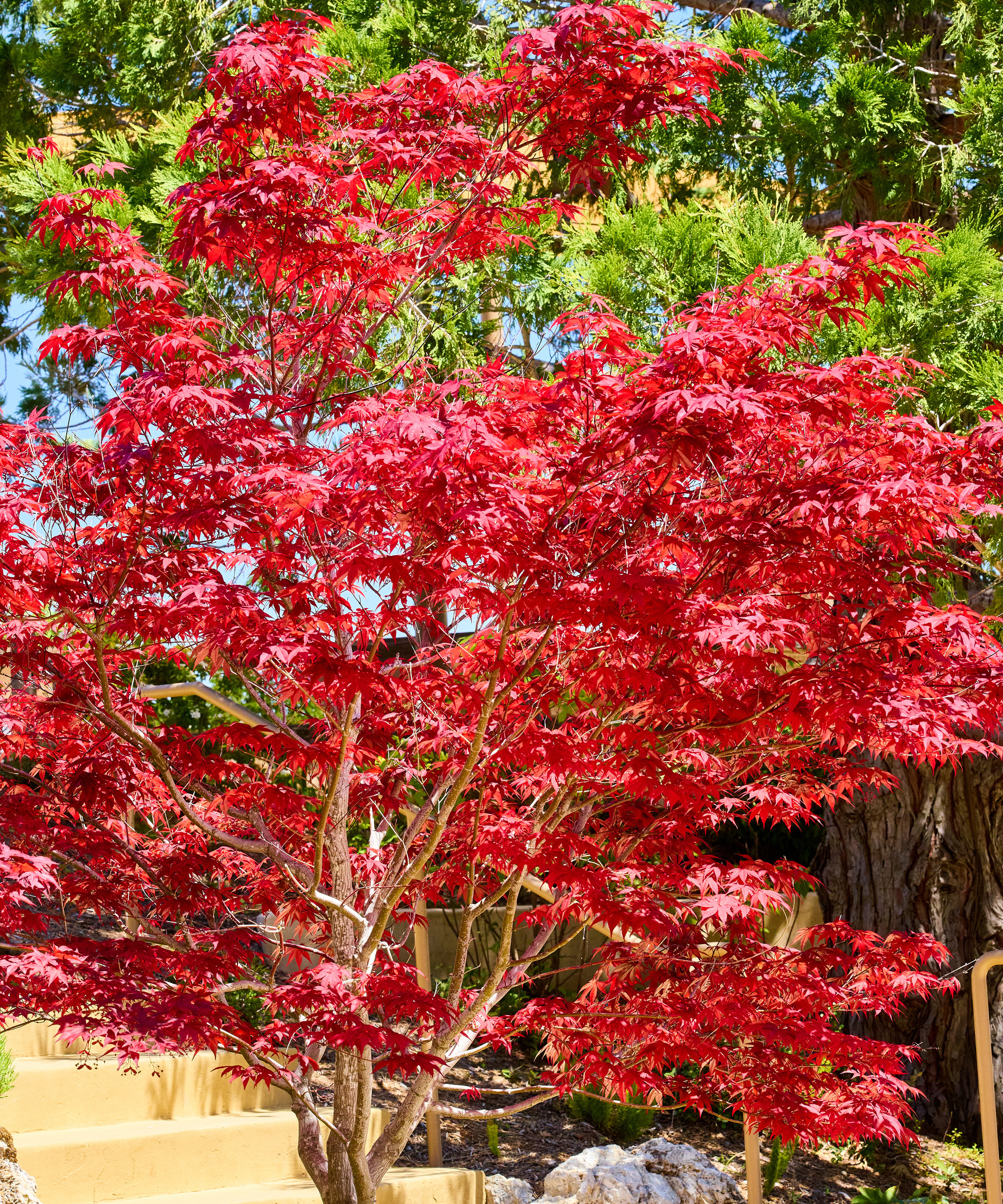
Remedying Japanese maples with sticky leaves and aphids
Whatever varieties of Japanese maples you might be growing, chances are that sooner or later, you will encounter aphids or scale bugs. Regardless of your climate or US hardiness zone, most gardeners face these common backyard pests at some point.
Fortunately, there are plenty of ways to deal with them, and one simple solution only requires two low-cost ingredients, ideal for busy gardeners.
How to resolve Japanese maples with sticky leaves

While the substance itself will not do any harm to the tree, honeydew can attract a black sooty mold, which will eventually prevent photosynthesis, causing the leaves to brown and blacken the leaves, and eventually resulting in defoliation.
My go-to remedy? For younger shrubs in containers or recently planted in the ground, you can use a very simple, and, importantly, very weak, soapy spray.
Design expertise in your inbox – from inspiring decorating ideas and beautiful celebrity homes to practical gardening advice and shopping round-ups.
All you have to do is mix a teaspoon of dish soap with water in a spray bottle. Use something like this misting spray bottle from Walmart.
Shake the bottle to combine the mixture, then simply spray the solution directly onto the affected leaves, making sure to get the undersides where pesky aphids like to hide.
Using a weak solution is important, so as not to damage the tree or impact the soil health. Do this in the early morning or late evening, once or twice a week. Given time, you can then hose your maple to clear the substance and wash away any remaining aphids.
In my experience, most mature Japanese maples will cope fine even with a minor aphid problem, and it is generally something to tolerate, but for younger specimens, this simple two-ingredient hack should solve your problem.
FAQs
What natural solution is there for handling aphids on maple trees?
The best natural solution for handling aphids and other sap-sucking pests is to create a wildlife garden full of natural predators. Fill your borders with calendulas, marigolds, cosmos and some of the best dwarf sunflowers, all species known to be popular with ladybugs and lacewings, who will feed on these pests. To support this natural balance, do not use any chemicals in your yard. If using this dish soap solution, remember to keep it weak to be safe. Calendula seeds are available from Amazon.
There are many natural pest control methods to consider, including attracting and supporting frogs and birds, and companion planting. Our guide has all the information you need.
Shop gardening accessories

Thomas is a Content Editor within the Gardens Team at Homes and Gardens. He has worked as a professional gardener for both public spaces and private estates, specializing in productive gardening, growing food and flowers. Trained in Horticulture at the Garden Museum, he has written on gardening and garden history for various publications, including The English Garden, Gardens Illustrated, Hortus, The London Gardener and Bloom. He has co-authored a Lonely Planet travel book, The Tree Atlas, due out in 2024.
